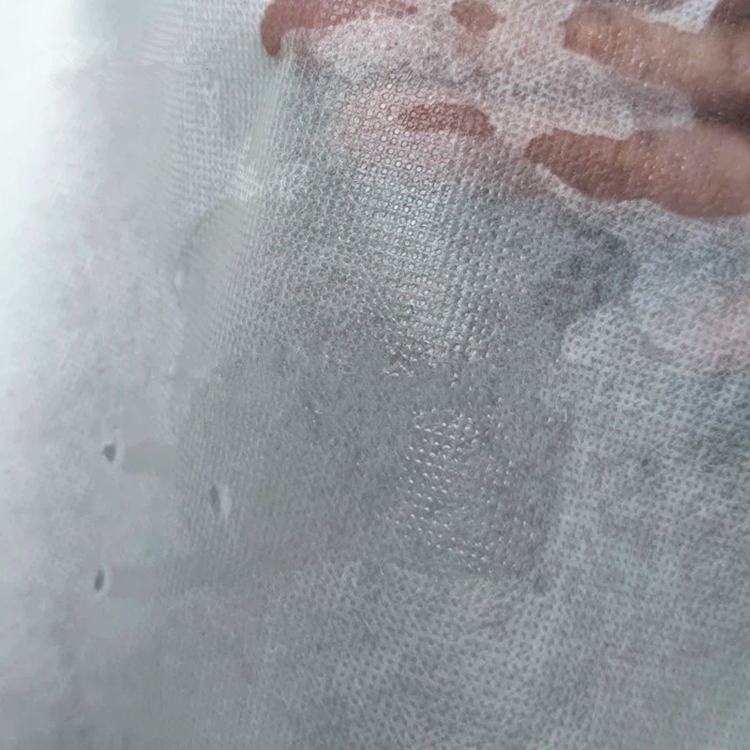
Products
100% PP Spunbond Hydrophilic Non Woven Fabric
Water-repellent spunbond non woven materials are the opposite of hydrophilic nonwoven materials. Hydrophilic agents can be added during the non-woven fabric production process, or they can be added to the fibers during the fiber-producing process, after which the non-woven fabric is produced.
Product parameters:
| Name | Hydrophilic Non Woven Fabric |
| Use | Agriculture, Bag, Home Textile, Hospital, Hygiene, Industry, Garden,Catering |
| Place of Origin | Guangdong,China |
| Supply Type | Make-to-Order |
| Brand Name | FAST |
| Nonwoven Technics | spunbond |
Hydrophilic Non Woven Fabric Features:
1. Light weight: The primary raw material for production is polypropylene resin, which has a specific gravity of only 0.9 and is fluffy and has a wonderful hand feel. It is only three-fifths the weight of cotton.
2. Non-toxic and non-irritating: The product is made from FDA-approved food-grade raw ingredients, has a consistent performance, is free of additional chemical components, is non-toxic, doesn’t smell funny, and doesn’t irritate skin.
3. Antibacterial and anti-chemical agents: Polypropylene is an inert material that is not eaten by moths and is capable of isolating the erosion of bacteria and insects in liquids; erosion-related effects on antibacterial, alkali corrosion, and final goods are negligible.
4. Good physical characteristics. It is constructed from heat-bonded polypropylene that has been spun straight into a mesh. The product’s strength surpasses that of regular staple fiber products. The vertical and horizontal strengths are comparable, and the strength is non-directional.
5. With regard to environmental preservation, the majority of non-woven textiles are made of polypropylene, whilst plastic bags are made of polyethylene. Despite having similar names, the two compounds’ chemical structures are very different.
Why is a hydrophilic agent added?
In order to provide fibers or non-woven textiles the hydrophilic qualities needed for non-woven fabric applications, a hydrophilic agent is applied. Fibers or non-woven fabrics are high-molecular polymers with few or no hydrophilic groups themselves.










